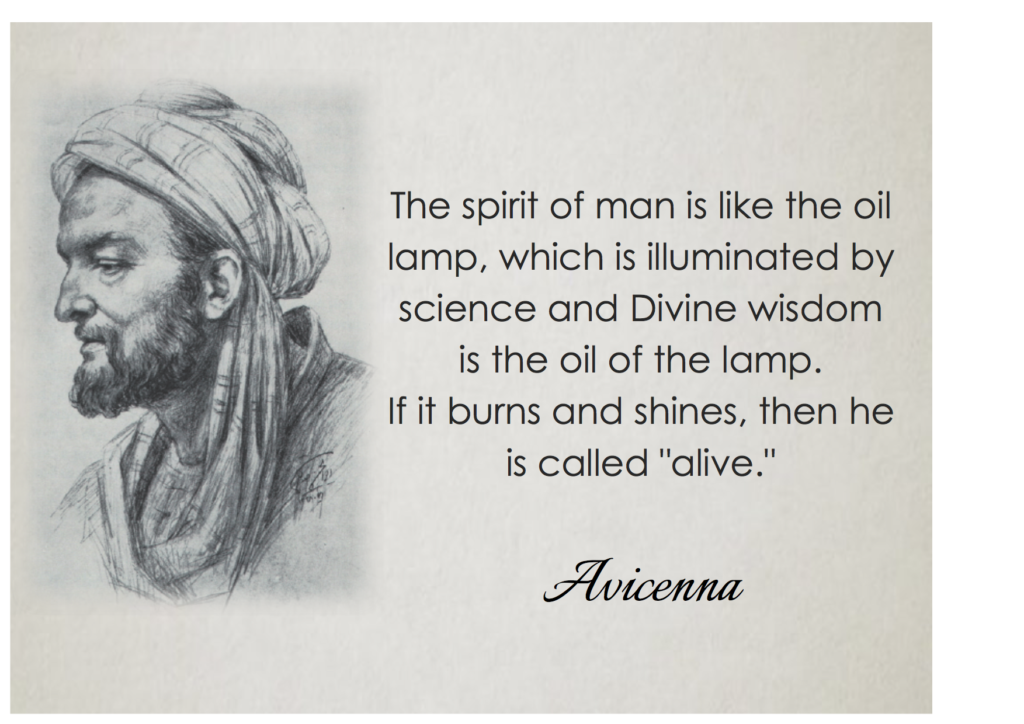
600 years after the foundations of science set by Hippocrates (400 BC), the erudite shift in medicine was built up by the pioneers of Islamic medicine spreading from Alexandria to Edessa (Urfa in modern Turkey) and Athens.
In the 10th century, the physicians could diagnose and treat various maladies from smallpox to removing cataracts, from relieving pain to setting fractures and to incisions to lifesaving surgical operations. Learned in zoology and pharmacology, they were able to produce the essential medicines. The breadth of their medical practice reached beyond the physical symptoms and went down to the causes, aiming at the healing and restoration of wellness of the spirit as well as the body.
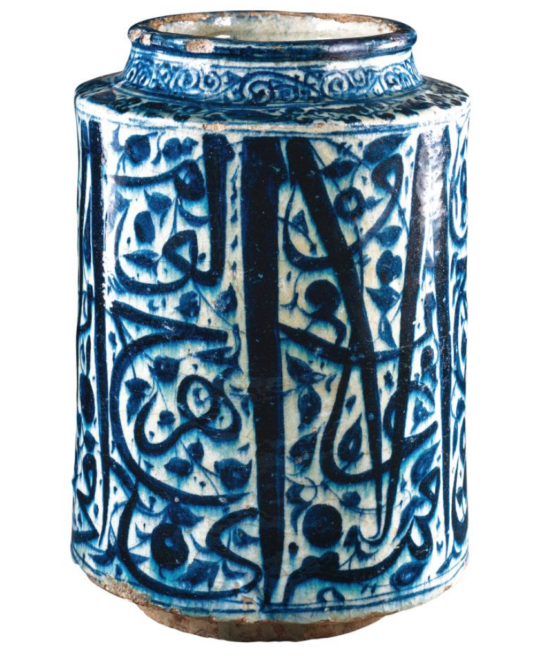
Traditional remedies such as oils, honey and animal parts were used, accompanied by psychological treatments as required for curing patients with various maladies.
Water, music, dream analysis, rituals and talisman were used ascompliments in therapeutic treatment.
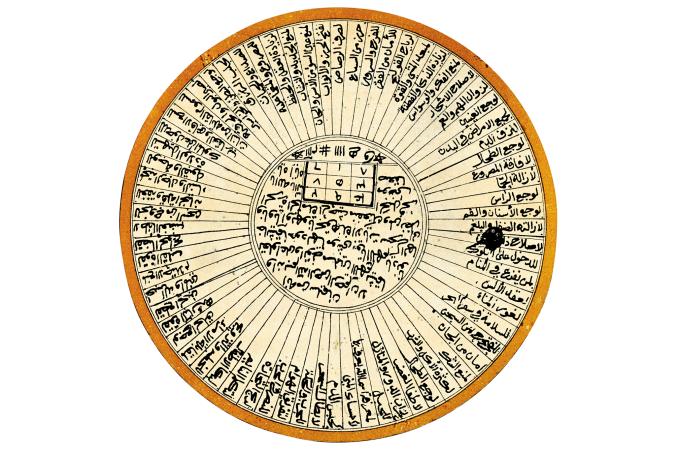
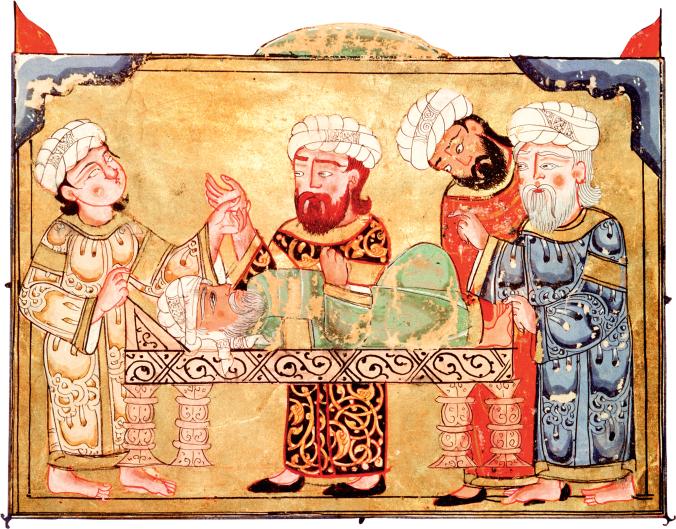
Scientific education and higher specializations in medicine were continued; hospitals were built adjacent to the madrassas (education centers) –which is another lasting and valuable contribution of Islamic medicine. The medical students continued their theoretical and practical trainings under the mentoring of the experienced doctors in these hospitals. Harran Hospital was established early on followed by the Divriği hospital in the 13th century. Edirne medical school and hospital founded in 1488, served both as a general hospital as well as a psychiatric healing center. The psychiatric methods commonly used included sound and acoustics therapy, meditative baths, and apothecary.
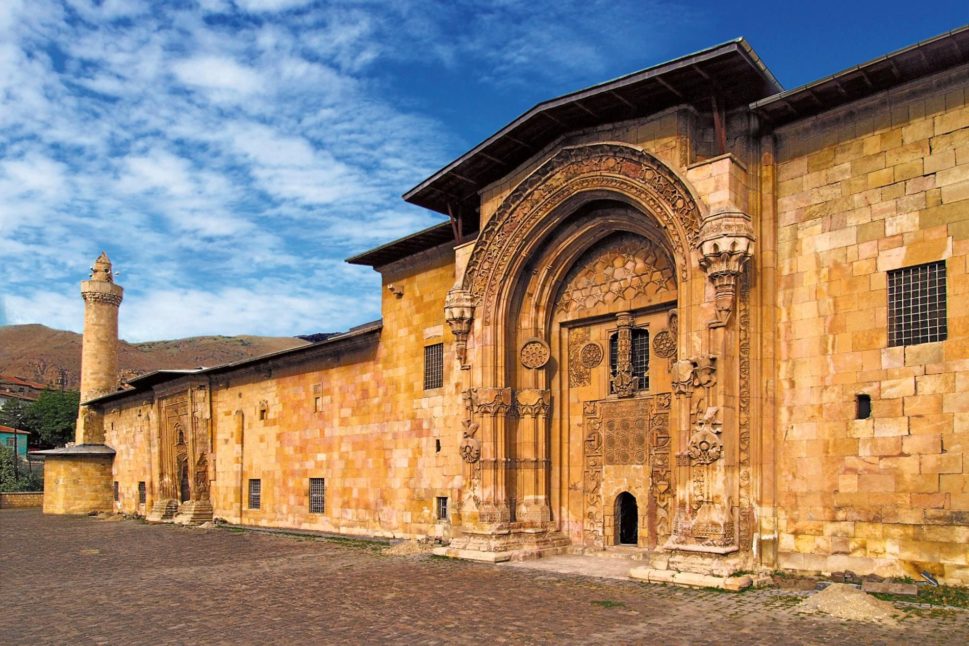
The outstanding physician, ploymath and philosopher, Avicenna (ca 970-1037) mastered Greek philosophy and mystical Islamic texts early on in life. He integrated the essentials of Greek philosophical thinking – particularly Aristotle – in holistic approach to medicine. He looked upon both the body and the spirit to cure the patient in totality. He inquired “well-being” thousand years ago, and said : “Emotions impact health and behavior, and they should be managed to gain self-mastery.”
Having excelled in both theory and practice, Avicenna’s works would make a lasting effect on the intellectual and medical history of the world –east and west – to the extent that his mastery and teachings would be acknowledged as next to Aristotle whom Avicenna called “The First Teacher.”
Early on his books were translated to Latin, Greek, French, German… Canon of Medicine and The Cure were to be used as fundamental medical resources at least until the 17th century Europe.
In his approach to curative medicine, he puts forth the contingency of causality :
The knowledge of anything, since all things have causes, is not acquired or complete unless it is known by its causes. Therefore, in medicine we ought to know the causes of sickness and health.
Equally emphasizing the health of the body and soul, he identifies willpower as the essential component to maintain overall health. Keeping a good humor and not transgressing the the right of other are also an integral part of his cure. He alludes to the essence of being alive :
The spirit of man is like the oil lamp, which is illuminated by science and Divine wisdom is like the oil of the lamp. If it burns and shines, then he is called “alive.”
Duygu Bruce
March 26, 2020
References:
Stanford University Encyclopedia of Philosophy
Photographs: National Geographic History November/December 2016





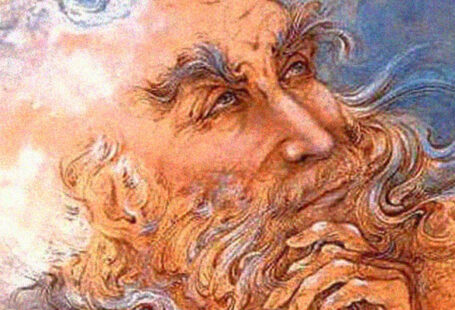
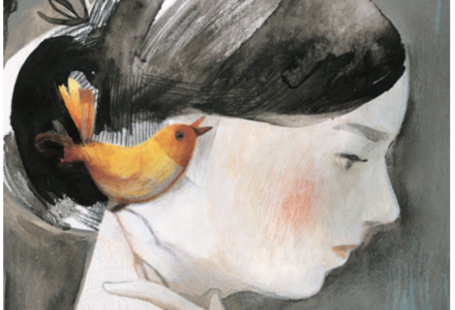

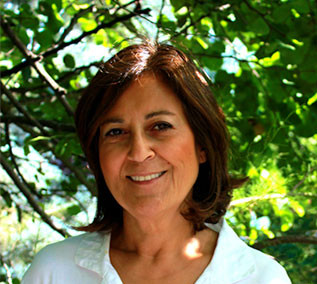




Social Profiles